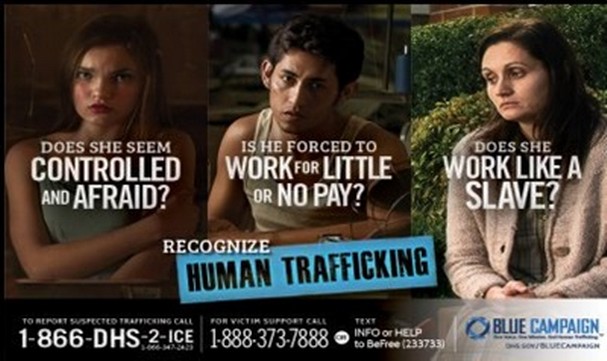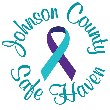What Is Human Trafficking?


In addition to being a violent crime, human trafficking is a public health concern that impacts individuals, families, and entire communities across generations. It requires training and a response from communities, social service providers, health care providers, and other first responders.
Human trafficking is a form of modern slavery. It occurs when a trafficker exploits a vulnerable victim with force, fraud, or coercion to make them perform commercial sex or work.
There are two types of trafficking:
• Labor Trafficking - Individuals are compelled to work or provide services by force, fraud, or coercion.• Sex Trafficking - Adults are compelled to engage in commercial sex by force, fraud, or coercion. Minors are compelled to perform a commercial sex act regardless of the presence of force, fraud, or coercion.
The legal definition of human trafficking describes three facets of the crime: an action, a means, and a purpose. For example, if an individual is recruited by fraudulent means for the purpose of forced labor, that individual is a victim of trafficking.
Victims are not limited to any class, religious, cultural, or ethnic group. The venues also vary from illicit markets to legal industries like hospitality, construction, or domestic services. Traffickers can be any gender or age — some are strangers, while others are peers, friends, romantic partners or family members.
Vulnerable Populations
• Individuals who have experienced childhood abuse or neglect• Children involved in the foster care and juvenile justice systems• Runaway and homeless youth• Native Americans, Native Hawaiians, and Pacific Islanders• Victims of violence• Lesbian, Gay, Bisexual, Transgender, and Questioning (LGBTQ) individuals• Migrant workers• Undocumented immigrants• Racial and ethnic minorities• People with disabilities• People with low incomes• Those with a history of substance abuse• Those communities exposed to intergenerational trauma


